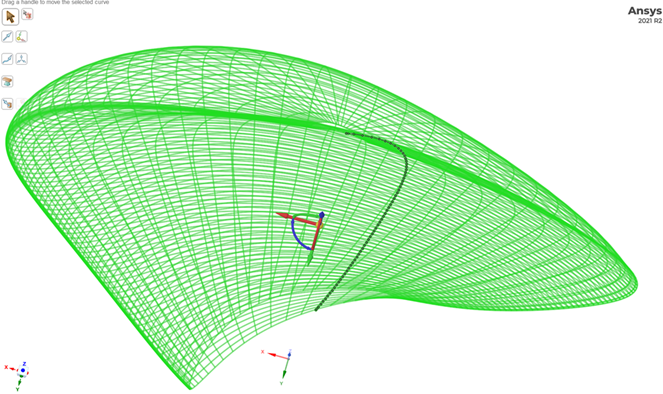Renewable energy sources have been gaining momentum in recent years, with hydroelectric power being a major contributor to clean energy production. Hydroelectric power relies on turbines that extract energy from water flowing around them. The efficiency of these turbines depends heavily on the shape of their blades.
Moshman Research has been tasked with finding the optimal shape for turbine blades to extract the most energy from water flowing around them. Our team uses a multi-level approach that includes analyzing 2D flow, 3D flow on a thin cylinder, and full 3D flow.
The 2D flow analysis is an efficient starting point, but it cannot fully capture the complex interactions of wakes trailing blades ahead in the direction of rotation. To address this, we turn to 3D flow analysis, which provides a more accurate representation of the flow around the blades.
Our team uses high-fidelity simulations to understand the flow around the blades and identify the areas where energy is being lost. We then employ advanced optimization algorithms to find the optimal shape that maximizes energy extraction while minimizing flow losses.
As seen in the video, the 3D flow analysis captures the swirling eddies attached to the lower side of the blade, which are critical to understanding the interaction between the blade and the water flow. By analyzing the flow in detail, we can design blades that reduce drag and improve the efficiency of energy extraction.
In summary, the shape of turbine blades plays a critical role in the efficiency of hydroelectric power generation. Moshman Research is at the forefront of hydrodynamic shape optimization, employing advanced simulations and optimization algorithms to find the optimal blade shape for maximum energy extraction. Our team’s expertise in fluid dynamics and optimization makes us a valuable partner in renewable energy projects, contributing to the shift toward a more sustainable future.



